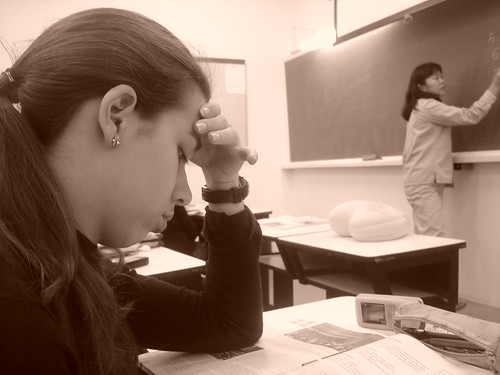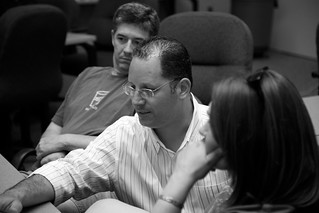UPDATE
Joe, one of the folks who attended the session on Friday, has shared the Graphing Calculator Lease Form he uses in his school. You can see it here. Feel free to copy and edit or or just print it as is.
Thanks Joe!
- 10/23/2009 01:08:00 pm
- 1 Comments




















